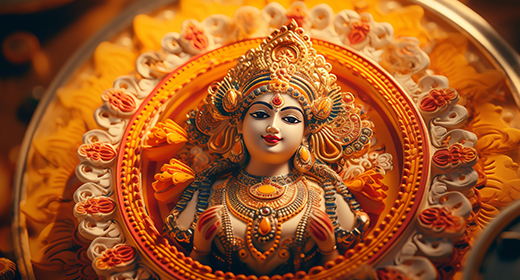
What is the Gayatri mantra and its benefits?
In this meditation blog, we share our insights on the benefits of chanting, a popular Mantra in Yogic Tradition from the ancient Indian book "Rigveda".
Rudraksha literally means: "Rudra" is the name of Shiva, and "Aksh" or "Aksha" means tears. Hence, Rudraksha means "the tears of Shiva."
Rudraksha is the sacred seed of the Elaeocarpus ganitrus tree, known for its spiritual significance and holistic benefits in meditation, wellness, and ancient traditions. The Rudraksha tree (Elaeocarpus ganitrus) thrives in the Himalayan regions of India, Nepal, Tibet, and Bhutan, as well as in Thailand, Burma, and Indonesia. Renowned for its durable wood, it has historically been harvested and cut down in India and Nepal for government infrastructure projects.
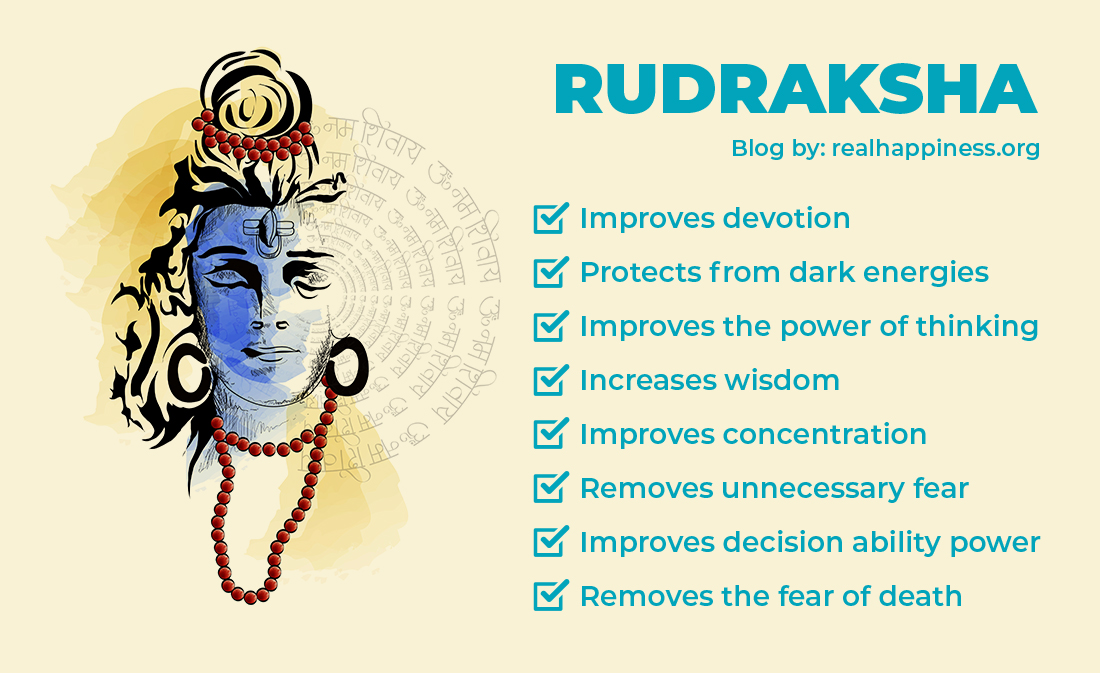
Shiva is one of the Trideva or Trimurti (the three major gods), which include Brahma, "the Creator"; Vishnu, "the Preserver"; and Shiva, "the Destroyer."
A common question among yoga and meditation practitioners is: Why is Rudraksha called "the tears of Shiva"?
Rudraksha is a very special mala (garland) traditionally worn by spiritual seekers rather than fashion enthusiasts. However, in modern times, many people wear it as a fashion accessory without understanding its true significance. This can be potentially harmful if one is unaware of Rudraksha's purpose and spiritual impact.
Sati, also known as "Dakshayani" (daughter of Daksha), is generally considered the first wife of Shiva. After her death, she was reincarnated as Parvati. When Sati learned that a yagna was being held at her father's place and that everyone was invited except her, she felt deeply saddened and decided to attend despite the exclusion. Shiva objected to her decision, but Sati still chose to go.
When Sati arrived, her father, Daksha, humiliated her in front of all the guests during the fire ceremony, insulting Shiva by calling him nasty and disgusting. Daksha had always considered Shiva his enemy and was strongly opposed to Sati's marriage with him.
Feeling deeply disrespected, Sati leaped into the "Agni Kunda" (fire pit). When Shiva learned of this tragedy, he was enraged. In his fury, he plucked a lock of his hair and struck it on the ground. From that strike, two powerful deities — "Virbhadra" and "Bhadrakali" — were born. Shiva ordered them to
destroy Daksha's "yagna" (fire ceremony) and to kill Daksha immediately.
After the death of Sati, Shiva held her body in his hands and walked toward Kailasha, the sacred mountain where he resided. As he moved, Sati’s body parts fell to the earth, and these places became the "Shakti Peethas" —powerful spiritual sites such as "Kunjapuri Temple, Surkanda Temple," and "Chandrabadni Temple." Grief-stricken by Sati’s loss, Shiva went into deep meditation for many years. When he finally opened his eyes, his teardrops fell to the earth, carrying his profound sorrow and attachment. From these divine tears, the "Rudraksha Tree" was born.
Apart from religious and mythological importance, Rudraksha holds marvelous spiritual and scientific benefits in human life. Rudraksha is believed to be a powerful protective shed against negative aura and bad omens. Wearing Rudraksha will enhance your life in every dimension. If you’re looking to experience the true essence of its power, consider exploring Nepali Rudraksha online, which is known for its superior quality and authenticity. These sacred beads, sourced from the Himalayan region, are highly revered for their spiritual and healing properties.
Let's uncover the benefits of Rudraksha scientifically and spiritually.
Removes negative energy
Improves sleep quality
Enhances the body's energy layers
Regulates body temperature
Boosts concentration and focus
Helps distinguish between clean and contaminated water
Supports overall physical health
Enhances devotion and spiritual connection
Protects from negative and dark energies
Improves cognitive function and clarity of thought
Increases wisdom and inner awareness
Boosts concentration and mental focus
Eliminates unnecessary fears
Strengthens decision-making ability
Removes the fear of death
Enhances the power of detachment
Balances the Kapha body type and water element
Raises the level of consciousness
Cleanses the aura and subtle energy field
Relieves mental and physical tiredness
Invokes the blessings of Lord Shiva
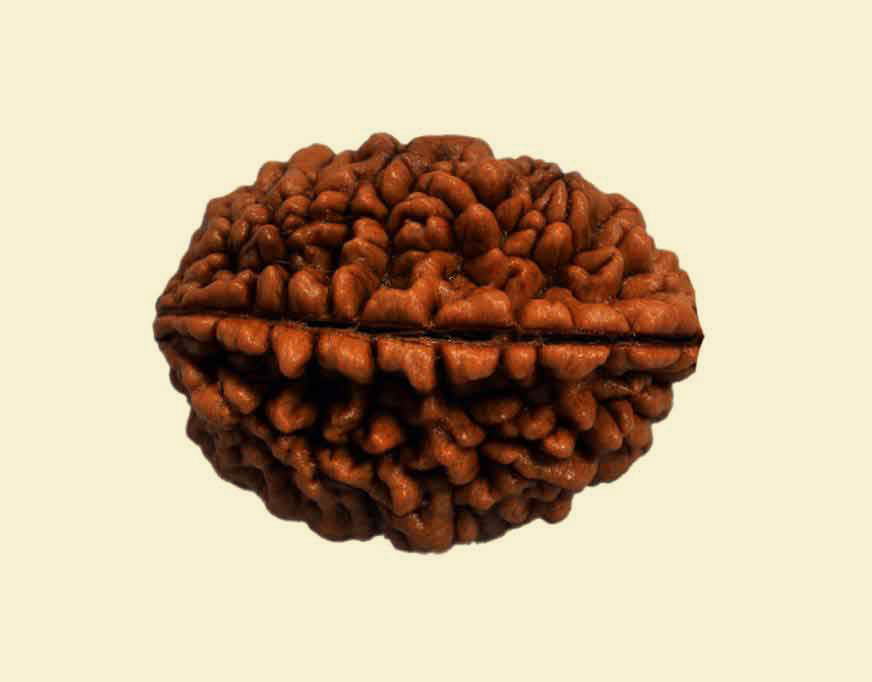
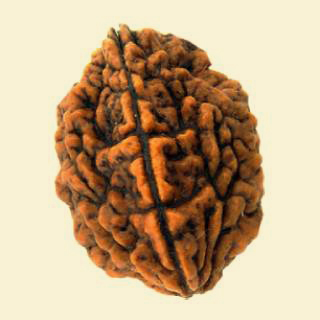


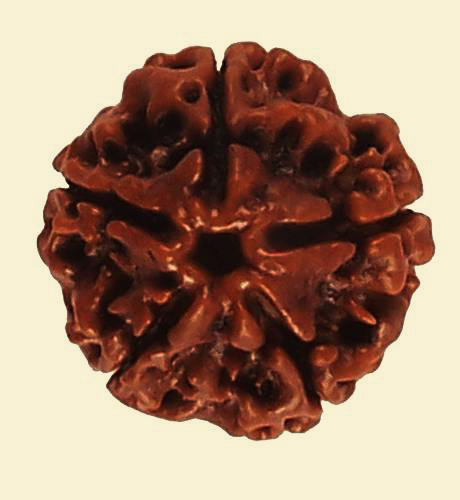
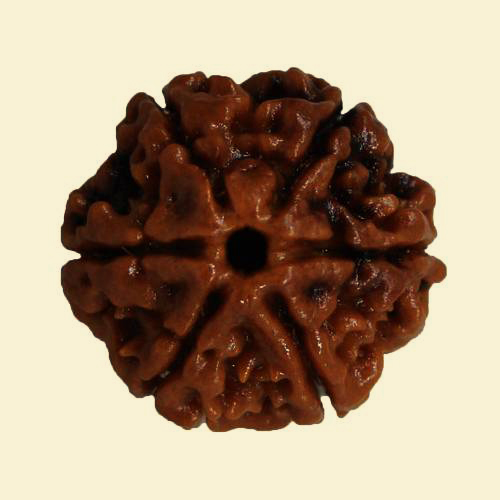

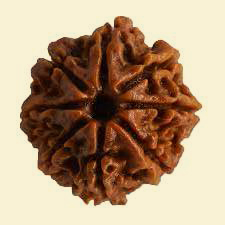
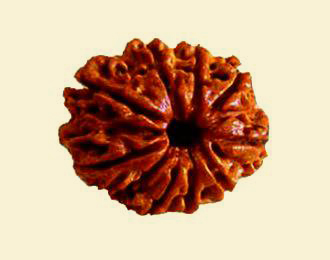

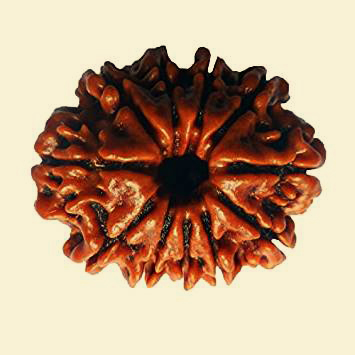
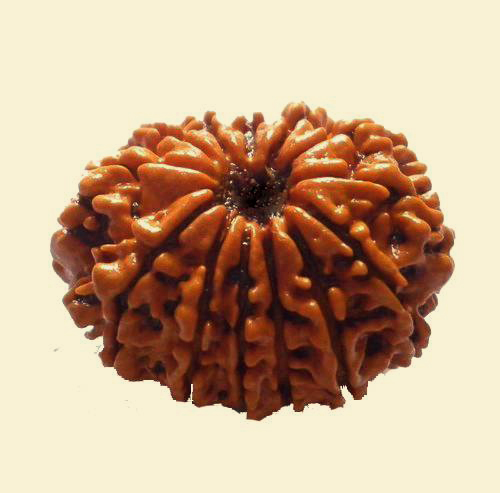

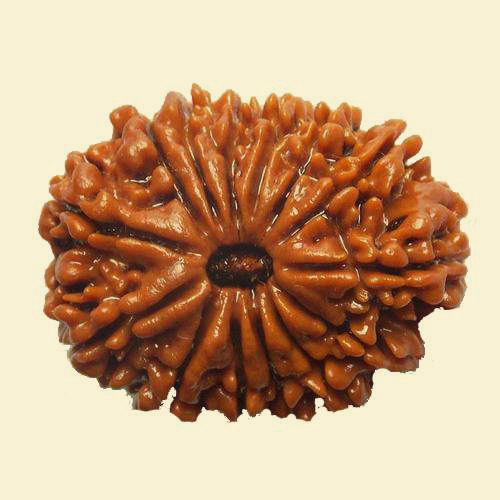
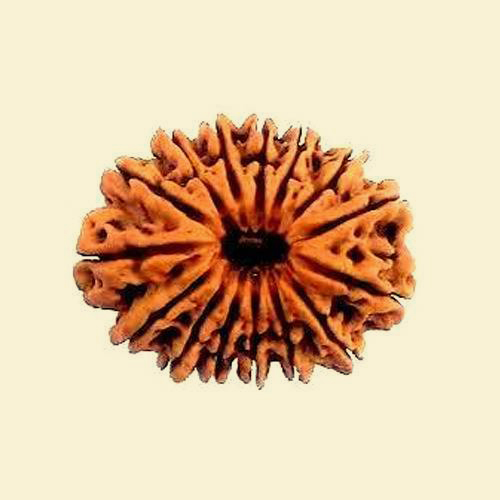
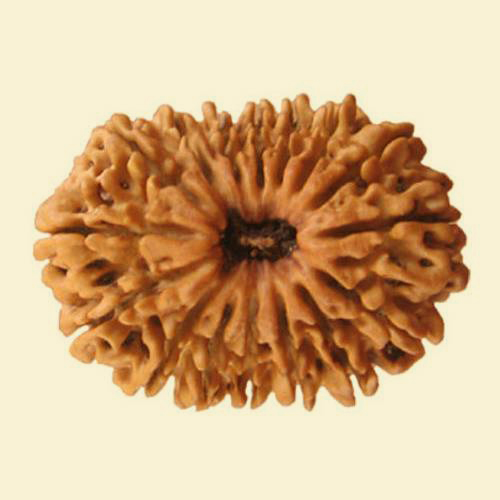
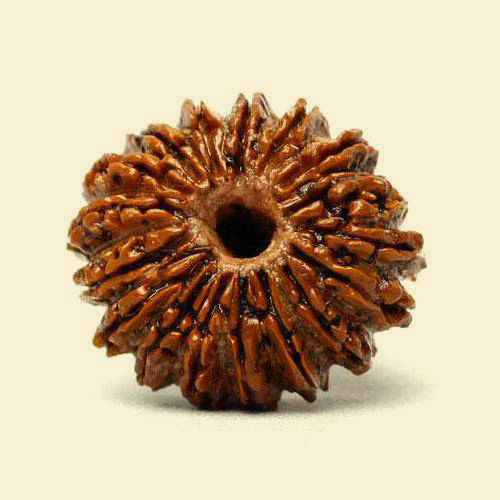
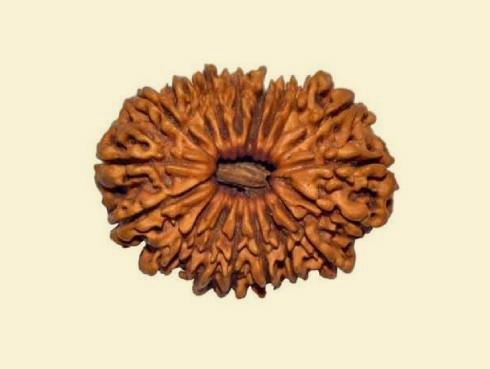
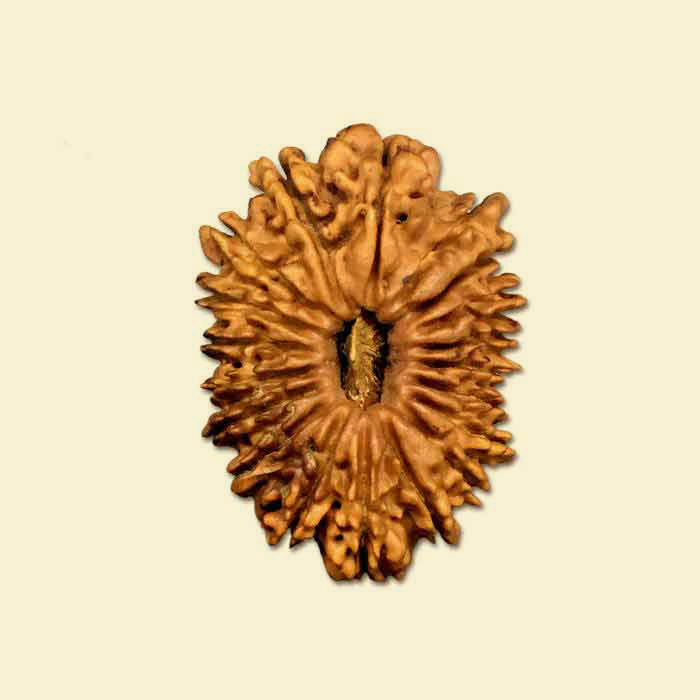
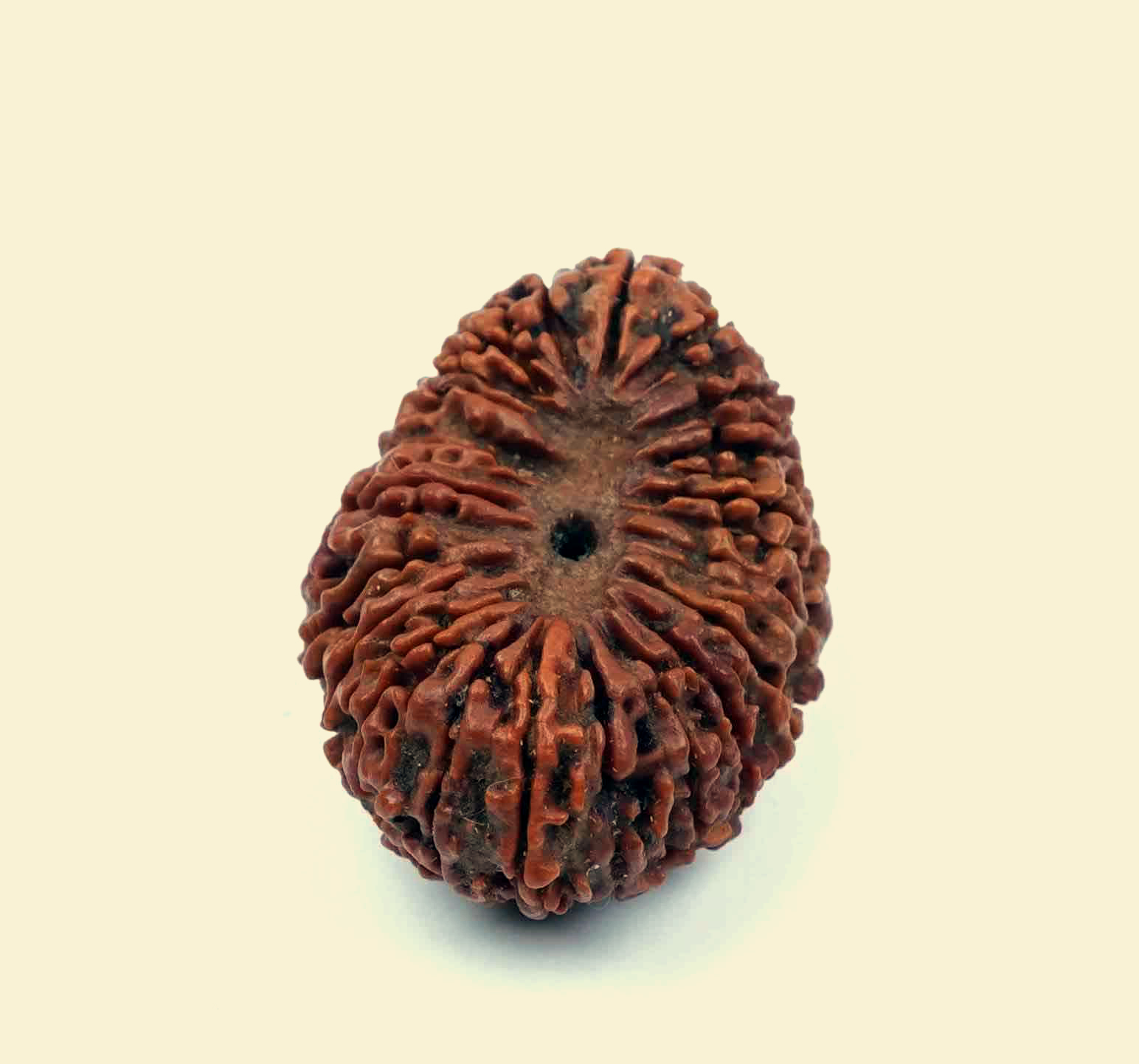
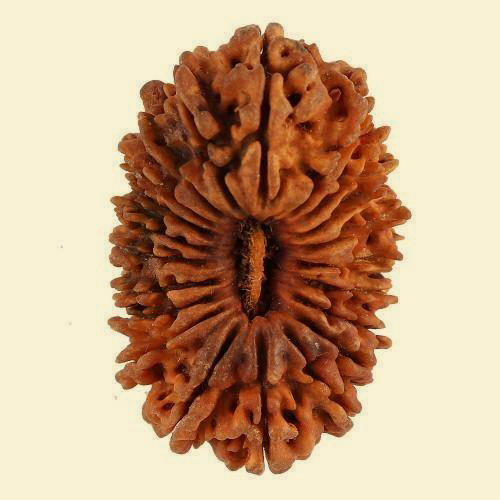

In Vedic culture, the Rudraksha mala was traditionally gifted to a disciple as a symbol of starting a new spiritual journey. It was accepted with deep honor and worn as a remembrance of the Guru. If a Guru gifts you a mala, never refuse it—simply accept it with gratitude and begin wearing it.
Monday, known as the day of Shiva, is considered the most auspicious day to start wearing the Rudraksha mala. Before wearing it, it is recommended to place the mala in a sacred space and burn incense as an offering. According to religious texts, Rudraksha beads should be purified and energized before being worn.
The energizing process typically includes Rudrabhishek (a ritualistic bath) and Pran-Pratishtha (invoking divine energy into the beads). This process is believed to invite the blessings of Lord Shiva.
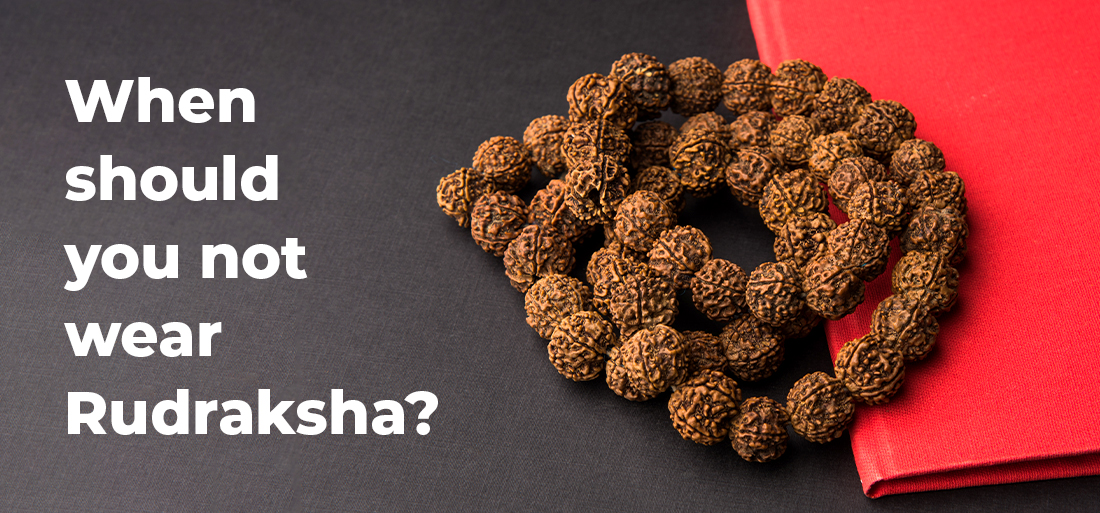
If you happen to eat meat on any day, it is recommended to keep your Rudraksha mala in your bag and wear it again only after bathing the next day. During menstrual periods, it is also advised to keep the Rudraksha aside—store it safely in a clean place or your bag—and wear it again after the cycle ends.
Never carry a Rudraksha mala to a graveyard or cremation ground. It is also recommended to avoid wearing Rudraksha in places where a newborn has just arrived or during the entire process of childbirth, out of respect for the purity of the beads.

If you unconsciously lose a few Rudraksha beads, you can open the string and add new beads to it. However, wearing cracked Rudraksha beads is not recommended, as the energy of a damaged mala may not function as effectively as before.
The Rudraksha beads should always touch your skin, and the beads themselves should also be in contact with each other to maintain energetic harmony.
Rudraksha should be cleaned only with pure water—avoid using soap or chemical-based substances. Shiva is deeply connected to nature rather than materialism, which is why offering just water in a Shiva temple is considered enough to express devotion and continue on the spiritual path.
TYPES OF RUDRAKSHA MALAS
Rudraksha malas come in various types, each offering unique benefits to wearers. Below are three common types of Rudraksha Malas:
Each of these males is a powerful tool for spiritual seekers, enhancing their meditation practice and protecting them from negative energies. For those looking to maximize their spiritual benefits, investing in a 1 to 14 Mukhi Rudraksha Mala is an excellent choice, as it encompasses the energy of all the primary Rudraksha types.
If you are a beginner in meditation and mantra chanting, it is always advised to have Rudraksha rosary as it improves your concentration. Rudraksha is the symbol of divinity. It tends to build an authentic aura of positivity and calmness. That's why it holds great importance in meditation. Doing mantra chanting with Rudraksha gives miraculous benefits at spiritual, physical, and emotional levels of well-being.